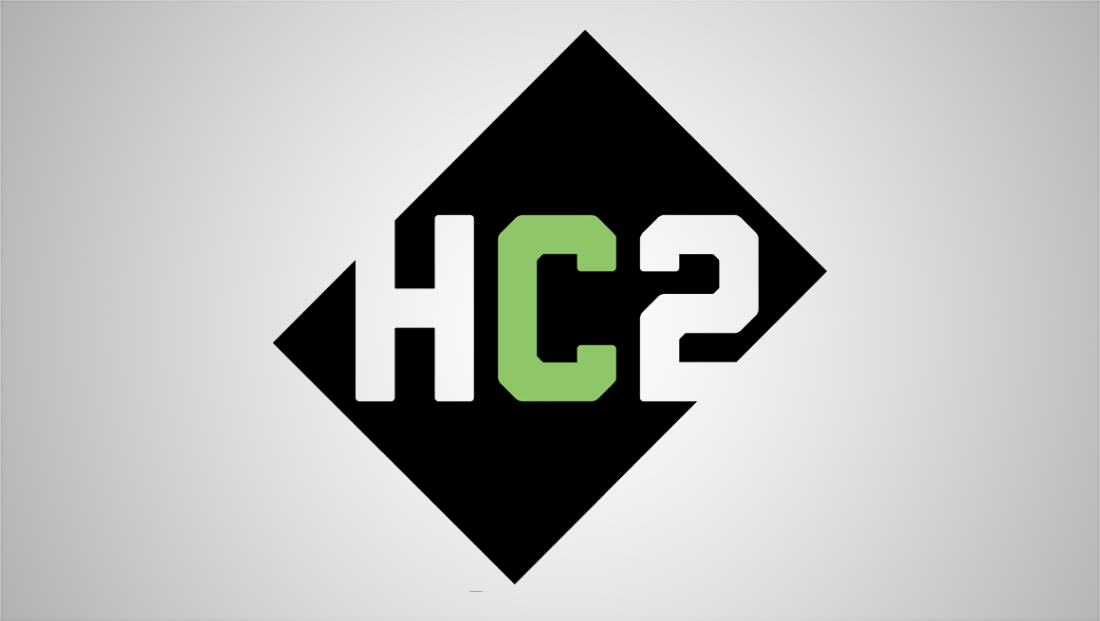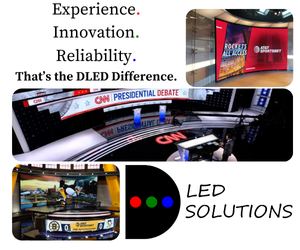HC2 seeks FCC rule change to enable 5G datacasting for LPTV operations

Subscribe to NewscastStudio for the latest news, project case studies and product announcements in broadcast technology, creative design and engineering delivered to your inbox.
HC2 Broadcasting, the largest owner of low-power television (LPTV) stations in the United States, has submitted a petition asking the Federal Communications Commission to allow voluntary use of the 5G Broadcast standard as an alternative to current television transmission methods.
The proposal, filed March 28, requests the FCC authorize “LTE-based 5G Terrestrial Broadcast” as a valid transmission standard for LPTV stations. The company argued this would allow broadcasters to utilize the datacasting capabilities of 5G Broadcast technology without mandating a departure from ATSC 1.0 or ATSC 3.0, the existing and emerging broadcast standards, respectively.
HC2 operates more than 250 LPTV stations and is advocating for a framework where stations could deploy 5G Broadcast technology for various services, such as emergency alerts and file distribution, reaching 5G-enabled smartphones and tablets. The company said the one-to-many broadcast nature of 5G Broadcast would prevent overloading local cellular infrastructure.
Under the proposal, revenues generated from 5G Broadcast services would be subject to a 5 percent annual fee, referencing a 1998 FCC rule regarding ancillary or supplementary uses of the digital TV spectrum.
The submission precedes the 2025 NAB Show in Las Vegas, where broadcast transition strategies, including ATSC 3.0, are expected to be key discussion topics. HC2 said its 5G Broadcast trials, conducted via WODP-LD in Fort Wayne, Ind., demonstrated strong mobile reception up to 20 miles from the transmitter and stable performance at highway speeds.
The company also proposed that all 6 MHz of LPTV spectrum could be used for datacasting, except for one mandatory unencrypted standard-definition over-the-air signal. It further suggested the FCC seek comments on whether that requirement could be removed altogether, citing the widespread use of 5G-capable devices.
XGen Network, which represents more than 5,300 LPTV stations in the country, has also been developing 5G Broadcast solutions. The organization took part in earlier trials and plans to launch a 5G Broadcast-compatible smartphone and other equipment in the third quarter of 2025.
Meanwhile, some industry stakeholders, including Sinclair Broadcast Group, have expressed skepticism about the capabilities of 5G Broadcast compared to ATSC 3.0, citing differences in efficiency, robustness, and adaptability.
Subscribe to NewscastStudio for the latest news, project case studies and product announcements in broadcast technology, creative design and engineering delivered to your inbox.




tags
5G, 5G Broadcast, FCC, HC2 Broadcasting, Low Power Television (LPTV)
categories
Broadcast Business News, Content Delivery and Storage, Policy